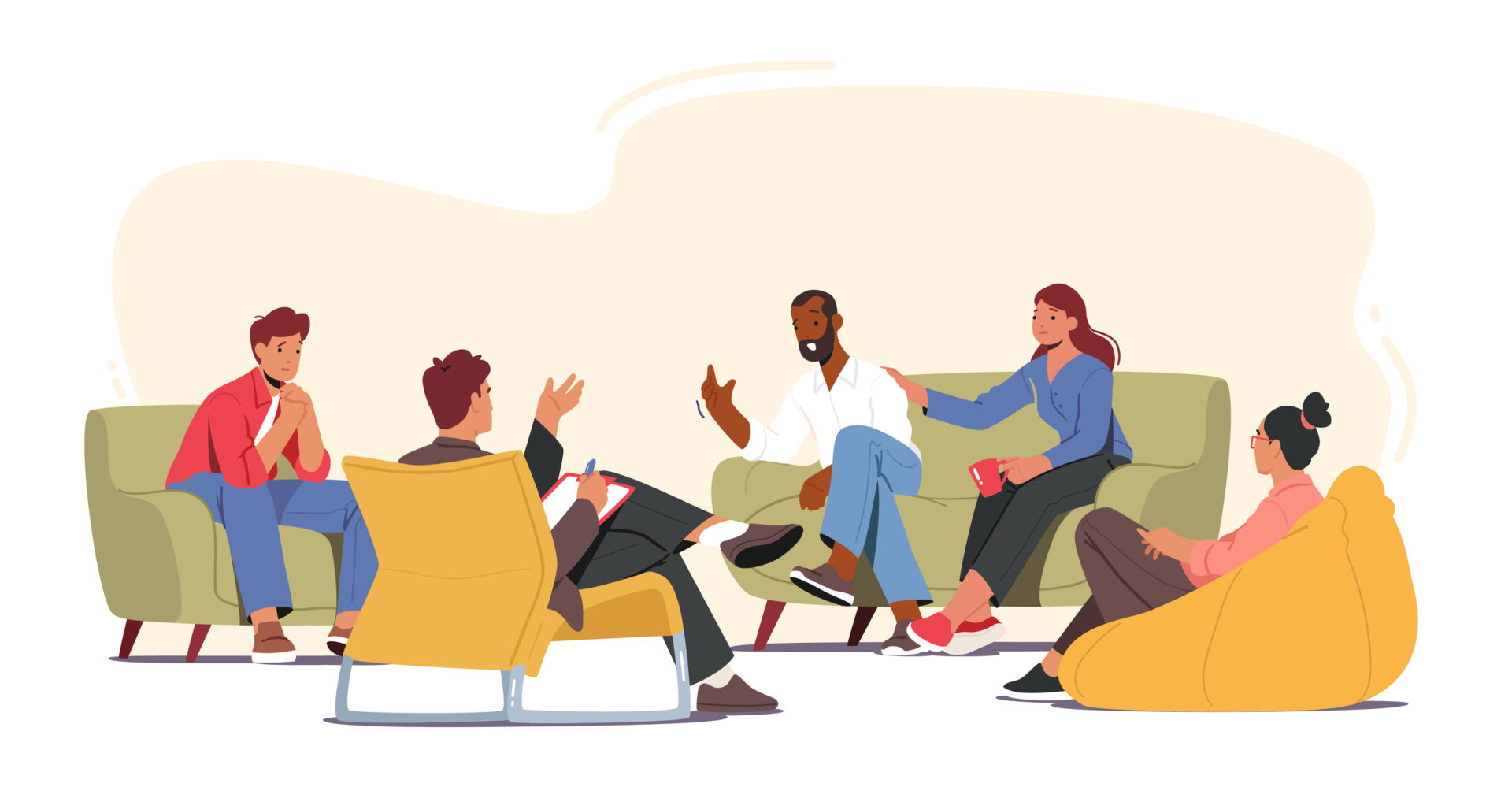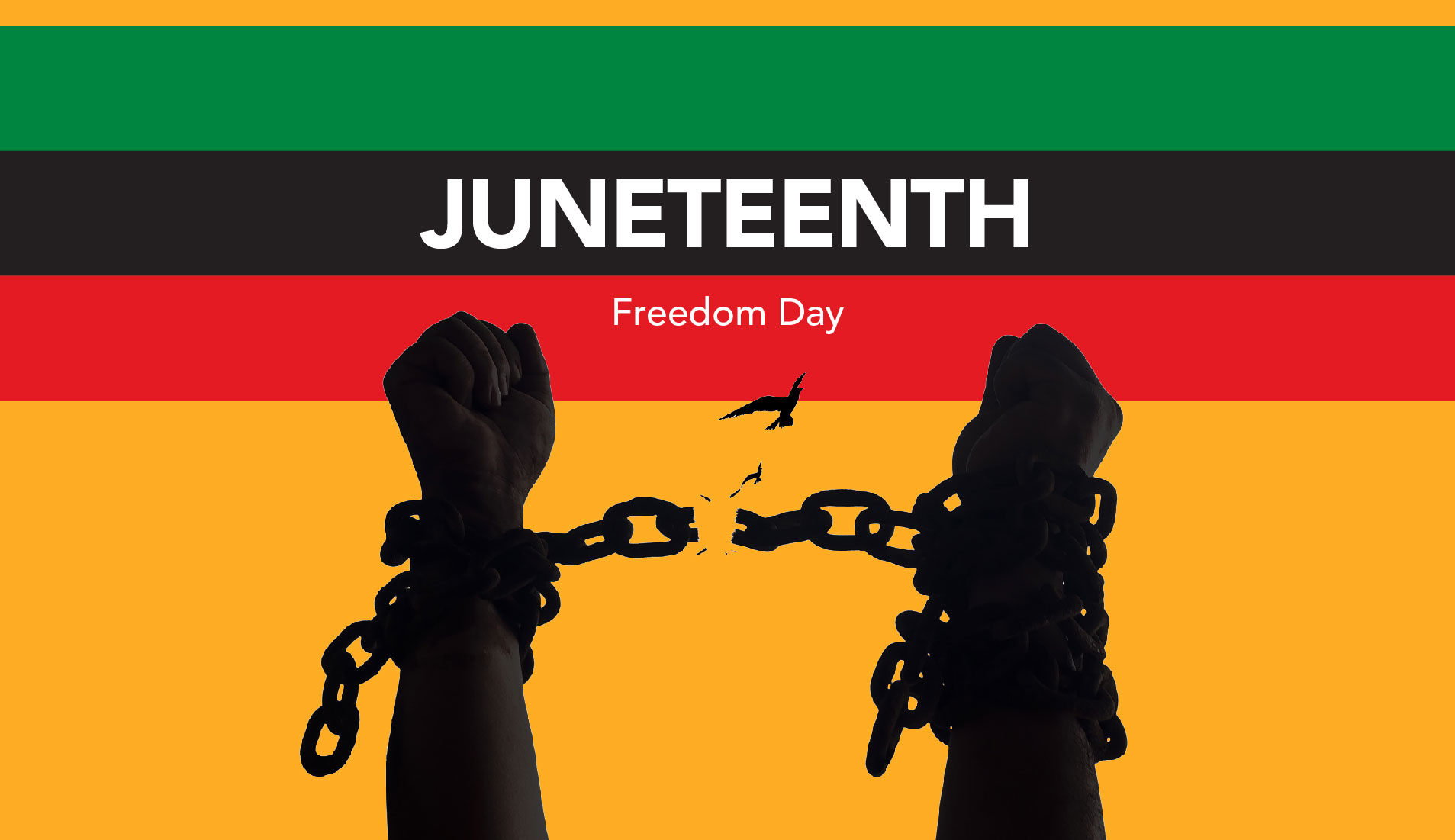A lot has changed in the U.S. since the 1960s. Football, not baseball, is the most-watched sport. Fewer people are smoking. More people are getting tattoos. Cell phones are preferred over corded telephones. TVs are slimmer. Oh, and the internet exists!
While many improvements have been made, the same cannot be said for the wage gap between Blacks and whites. Over the course of nearly 50 years, the gap has stayed the same, with the collective wealth of African Americans being just 15% of the wealth held by whites. This wage gap is only a small piece of a larger problem.
Systemic racism is responsible for keeping Black communities financially dependent, which has implications for their health and well-being. In the following post, we explore the forces contributing to financial gaps between Blacks and whites and how these can affect the health of members within the Black community.
Wage and Income Trends
Back individuals are consistently paid less than their white counterparts, even though they may be working the same job. According to a study from 2016, Black men make 71 cents for every dollar white men make. Income inequality is an intersectional issue meaning that for Black women, their income is even less. A Black woman makes only 64 cents for every dollar a white male makes.
For equal pay to become a reality, reform must occur. But, how can this happen when people of color (POC) are not represented in positions of power and influence? Although Black individuals comprise 13% of the U.S. population, less than 4% of leadership roles are held by an individual who identifies as Black. It is the responsibility of senior leadership members within each company to take a step back and see where inconsistencies lie when it comes to aligning the diversity of our country with the diversity of their team.
For more information on the wealth gap that exists between Blacks and other groups, check out The Color of Money: Black Banks and the Racial Wealth Gap, by Mehrsa Baradaran.
Housing as a Handicap
The wage gap that existed in the past still exists today because Black communities are subjected to a continuous loop due to systemic racism. Black individuals are not allotted the same opportunities as whites; the lack of opportunities is often in direct correlation with their geographic location.
Racist housing policies, which include redlining and public housing projects, are responsible for keeping Black individuals in a financial depression. Often, such forms of housing place Blacks in areas with limited opportunities, which are isolated from more affluent areas. These are neighborhoods that lack proper grocery stores. They have schools that may have fewer resources to support student growth and limited options when it comes to jobs.
The environment that children grow up in plays a huge roll in their development and future. Children who grow up in impoverished areas with poor infrastructure are less likely to get out of such living situations as adults. Black families are 4.6 times more likely than whites and other POC to live in poverty-stricken areas of the U.S.
One way to create positive change for Black communities is to encourage homeownership. There is a huge disparity in homeownership for Black individuals when compared to whites. While 74% of white families own homes, only 44% of Black individuals own homes. The driver behind these very different figures? Racist housing policies and credit-related redlining.
Pandemic-Propelled Problems
As mentioned in our post, Distrust in Healthcare: Racial Bias and Representation, Black communities are among the most affected by COVID-19. This doesn’t just refer to the number of positive cases and deaths, but it extends to finances. COVID-19 has caused many members of the Black community to be laid off from their jobs.
Prior to COVID-19, nearly 60% of adult African Americans were employed. In March, when the pandemic began, this number began to drop off. By the end of April, only 48.8% of Black individuals within the U.S. still held jobs.
While the drop in employment for Blacks may seem curious since many work jobs deemed essential at this time, they are often the first group of individuals let go from jobs at times of crisis. This was as true during the Great Depression as it is now.
Hampering Healthcare
You may be wondering how the socio-economic status of an individual ties into their healthcare. If individuals aren’t making enough money to be able to afford the essentials, things like preventative medicine appointments and screenings go out the window.
While the reason Black individuals may not attend these appointments seem reasonable, individual and systemic racism can lead healthcare professionals to conclude that this population does not prioritize their health and wellbeing. This false information can affect how medical institutions treat Black patients.
Similarly, there are many determinants of health that are based on environmental factors. Because Black individuals may be more likely to live in low-income areas that have less infrastructure, they may find themselves situated in food deserts. Because of this, they may struggle to maintain a balanced diet and be susceptible to health complications like obesity and heart disease.
Many public housing projects are located in urban areas, therefore, it is not uncommon for dwellers to be diagnosed with asthma at birth or to develop it over time. In recent years, members of the Black community have found themselves to be at risk for such a diagnosis. Black women are 20% more likely to develop asthma than any other group.
Increasing the financial and literal health of Black community members starts with the end of redlining, wage gaps, and systemic racism.
Want to learn more about the Black Lives Matters Movement?
We curated a number of resources to help you a better ally and advocate for the Black community.







Leave A Comment